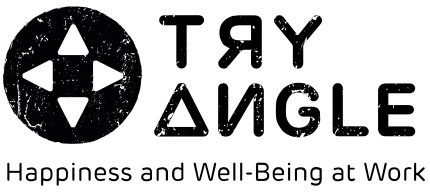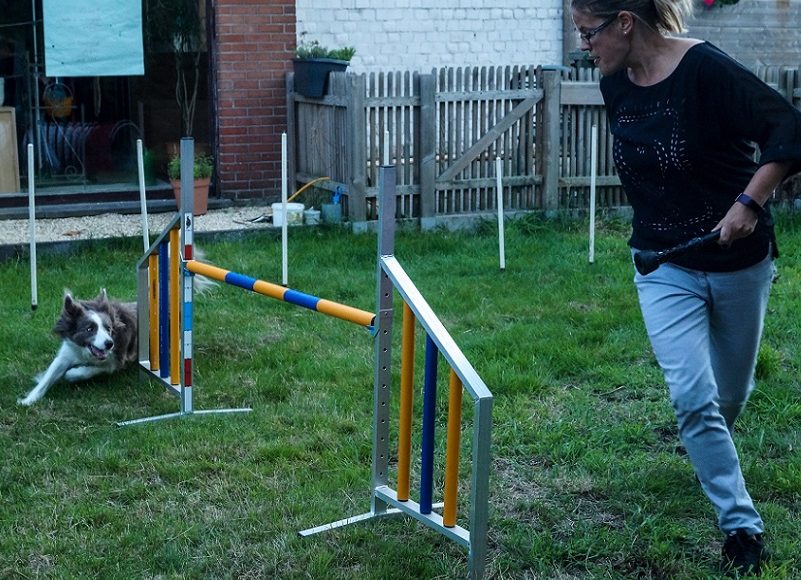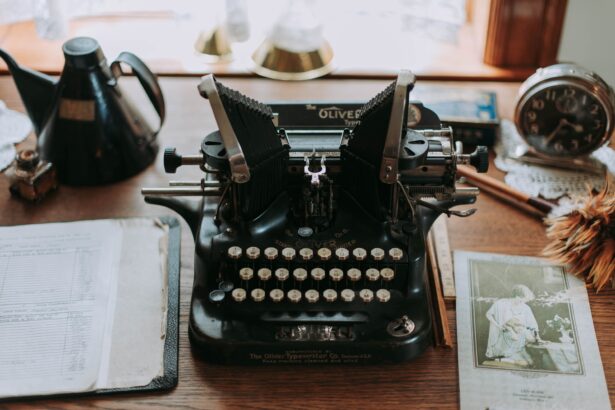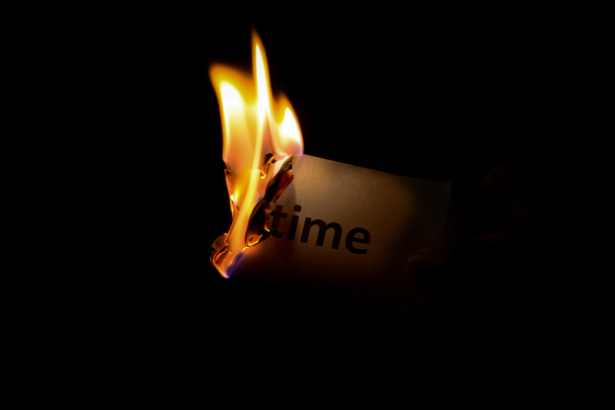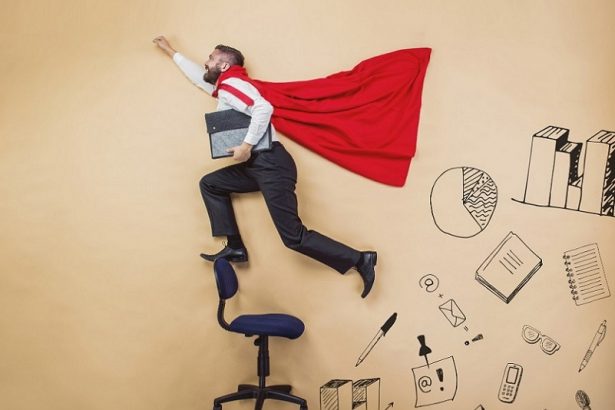Agility is about the interaction between humans and animals. The dog is the follower who, thanks to the human, tackles a predetermined sequence of obstacles. In agility terms, that person is called the “handler”. Translated to human language, we can think of terms such as “the manager” or even “the leader”.
By looking at the world of agility, we can learn a lot about constructive leadership, which can lead to a strong teamperformance because all the team members are happy at work.
So, here are 3 tips (from the world of dog agility) that can help boost teamwork:
1. Almost all errors are caused by incorrect ‘handling’
In agility, there are three types of potential mistakes. By far the most common one is the one of poor handling: your dog executes what you tell him to do, so if the handler makes a mistake, the dog simply follows the instruction and a penalty point will be attributed to the team. The only solution to avoid this type of error is training.
The second type is determined by the difficulty of the course: if the dog is not yet ready for certain movements, mistakes can happen. The only solution to this kind of error is – again – training.
The third and last error that can occur is caused by stress. Make no mistake: both humans and dogs can fall victim to it. For this problem, there are two solutions: either train more or participate regularly in live competition settings so that you and your dog can become more accustomed to the stressful competition context.
This means that none of these errors is a reason for feeling frustrated with your dog. The dog is the most diligent team partner you can ever imagine and will always execute what the human is instructing to the best of his ability.
| TIP : Trust that your team partner is doing the best he can and know that mistakes simply show you can benefit from more practice. Make sure to look at the exact instructions you were giving when the (negative) result occurred. |
2. Look at your hand, not at your dog
Diving a bt deeper into bad handling, it’s usually the focus point of the handler that’s causing the trip up. The point of focus determines everything. In the dog world we often refer to “the invisible leash” that is at play between the handler and the dog. This invisible connection is created by focusing your eyes on the point you want the dog to go towards. That can be either your hand, the landing point after a jump or a specific item that’s positioned further down the obstacle course.
Looking at your dog brings you a micromanagement situation, that turns the desired co-creation into a struggle between handler and dog. It sounds very strange, but it’s true: when the handler looks at the dog, the dog will look at the handler and this results in a staring contest that is pulling the attention and focus away from what’s important. The only solution to this problem is training: learn to focus on the point where you want your dog to go towards.
| TIP : Determine where you want to go and pay attention to every obstacle on your course without forgetting about the final goal. |
3. Rewards, rewards, rewards
There is a lot of training needed when you step into the world of agility and you better approach all this training in a constructive and positive manner if you want your dog to be a strong team member. Every small step in the right direction deserves recognition. This means it’s important to recognize and validate every small success and not just celebrate the big wins.
Is there a hickup? Keep repeating until it goes well and offer a reward as soon as it does. It’s also important to always end on a positive note and a “reward jackpot”, to make sure the dog leaves the field feeling good, motivated and looking forward to the next training moment.
So there is never a penalisation or punishment involved? No, there is not! Unwanted behavior or mistakes are to be ignored. In a worst case scenario, you can ask the dog to lay down to cool off and try again later, but there is no punishment or reprimanding to be used whatsoever. A dog that likes to do the work, will become very happy when he’s being rewarded and that is the perfect encouragement. By simply ignoring or giving a time-out, your otherwise enthusiastic canine team member will be sufficiently motivated to try something else next time.
| TIP : Celebrate small successes and work together to eliminate mistakes by repeating the learning experience until you reach your goal. |
The moral of the story?
Teamwork on an agility course is pretty similar to teamwork in a work environment. Looking at the tips mentioned above, it comes down to :
Trust your team member
Focus on your destination or goal
Recognize and celebrate success
Translation of an original article by Griet Deca for Jobat.
